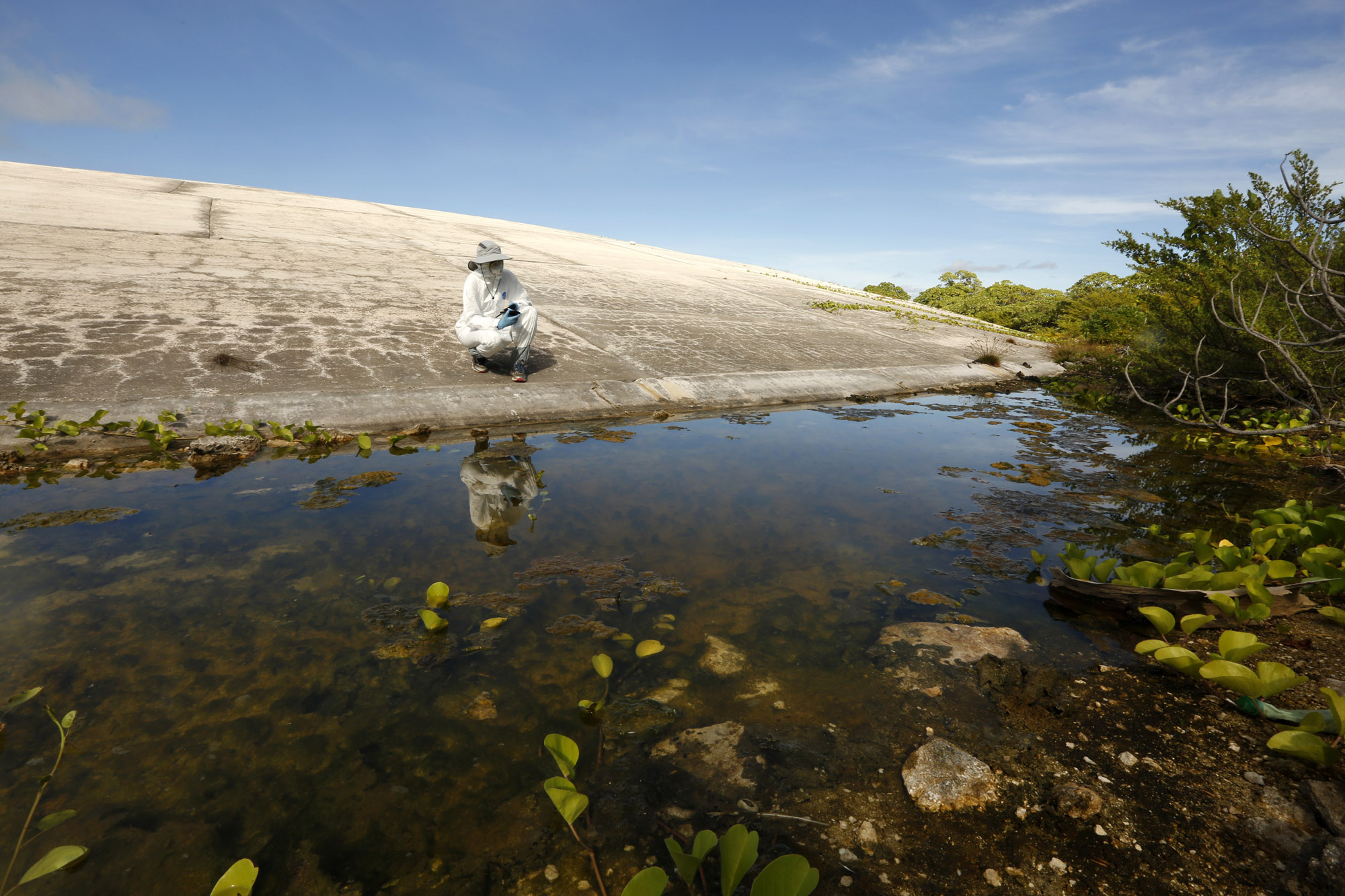Welcome to DU!
The truly grassroots left-of-center political community where regular people, not algorithms, drive the discussions and set the standards.
Join the community:
Create a free account
Support DU (and get rid of ads!):
Become a Star Member
Latest Breaking News
General Discussion
The DU Lounge
All Forums
Issue Forums
Culture Forums
Alliance Forums
Region Forums
Support Forums
Help & Search
How the U.S. betrayed the Marshall Islands, kindling the next nuclear disaster
How the U.S. betrayed the Marshall Islands, kindling the next nuclear disaster
https://www.latimes.com/projects/marshall-islands-nuclear-testing-sea-level-rise/?utm_source=pocket-newtab
By Susanne Rust
Photography and videography by Carolyn Cole. Graphics and design by Lorena Iñiguez Elebee and Sean Greene
Nov. 10, 2019 | REPORTING FROM MAJURO, MARSHALL ISLANDS
Five thousand miles west of Los Angeles and 500 miles north of the equator, on a far-flung spit of white coral sand in the central Pacific, a massive, aging and weathered concrete dome bobs up and down with the tide.
Here in the Marshall Islands, Runit Dome holds more than 3.1 million cubic feet — or 35 Olympic-sized swimming pools — of U.S.-produced radioactive soil and debris, including lethal amounts of plutonium. Nowhere else has the United States saddled another country with so much of its nuclear waste, a product of its Cold War atomic testing program.
Between 1946 and 1958, the United States detonated 67 nuclear bombs on, in and above the Marshall Islands — vaporizing whole islands, carving craters into its shallow lagoons and exiling hundreds of people from their homes.
U.S. authorities later cleaned up contaminated soil on Enewetak Atoll, where the United States not only detonated the bulk of its weapons tests but, as The Times has learned, also conducted a dozen biological weapons tests and dumped 130 tons of soil from an irradiated Nevada testing site. It then deposited the atoll’s most lethal debris and soil into the dome.
Now the concrete coffin, which locals call “the Tomb,” is at risk of collapsing from rising seas and other effects of climate change. Tides are creeping up its sides, advancing higher every year as distant glaciers melt and ocean waters rise.
Officials in the Marshall Islands have lobbied the U.S. government for help, but American officials have declined, saying the dome is on Marshallese land and therefore the responsibility of the Marshallese government.
“I’m like, how can it [the dome] be ours?” Hilda Heine, the president of the Republic of the Marshall Islands, said in an interview in her presidential office in September. “We don’t want it. We didn’t build it. The garbage inside is not ours. It’s theirs.”
To many in the Republic of the Marshall Islands, Runit Dome is the most visible manifestation of the United States’ nuclear legacy, a symbol of the sacrifices the Marshallese made for U.S. security, and the broken promises they received in return.
They blame the United States and other industrialized countries for global climate change and sea level rise, which threaten to submerge vast swaths of this island nation’s 29 low-lying atolls.
“More than any other place, the Marshall Islands is a victim of the two greatest threats facing humanity — nuclear weapons and climate change,” said Michael Gerrard, a legal scholar at Columbia University’s law school. “The United States is entirely responsible for the nuclear testing there, and its emissions have contributed more to climate change than those from any other country.”
Over the last 15 months, a reporting team from the Los Angeles Times and Columbia University’s Graduate School of Journalism made five trips to the Marshall Islands, where they documented extensive coral bleaching, fish kills and algae blooms — as well as major disease outbreaks, including the nation’s largest recorded epidemic of dengue fever. They interviewed folk singers who lost their voices to thyroid cancers and spent time in Arkansas, Washington and Oregon, where tens of thousands of Marshallese have migrated to escape poverty and an uncertain future.
Marshallese leaders acknowledge that America doesn’t bear full responsibility for their nation’s distress. But they say the United States has failed to take ownership of the environmental catastrophe it left behind, and they claim U.S. authorities have repeatedly deceived them about the magnitude and extent of that devastation................................

More than 40 years ago, U.S. authorities buried plutonium and other waste from nuclear testing in an unlined bomb crater on Runit Island and encapsulated it with concrete. The so-called Tomb, which is in Enewetak Atoll, now bobs with the tide, sucking in and flushing out radioactive water into nearby coral reefs, contaminating marine life.
InfoView thread info, including edit history
TrashPut this thread in your Trash Can (My DU » Trash Can)
BookmarkAdd this thread to your Bookmarks (My DU » Bookmarks)
3 replies, 1621 views
ShareGet links to this post and/or share on social media
AlertAlert this post for a rule violation
PowersThere are no powers you can use on this post
EditCannot edit other people's posts
ReplyReply to this post
EditCannot edit other people's posts
Rec (4)
ReplyReply to this post
3 replies
 = new reply since forum marked as read
Highlight:
NoneDon't highlight anything
5 newestHighlight 5 most recent replies
= new reply since forum marked as read
Highlight:
NoneDon't highlight anything
5 newestHighlight 5 most recent replies
How the U.S. betrayed the Marshall Islands, kindling the next nuclear disaster (Original Post)
riversedge
Nov 2019
OP
pandr32
(11,581 posts)1. Horrendous!
dhill926
(16,337 posts)2. great series of articles in the LA Times...
and an absolute disgrace for our country....
Hekate
(90,671 posts)3. The series of articles gathered into one newspaper issue deserves wide distribution...
One whole section is on the death of the islanders' oral history tradition due to widespread thyroid cancer. It's even worse than it sounds, because although survivors of treatment can usually talk, their singing voices are gone -- and songs and chants are the foundation of their living oral history.
Our treatment of the Marshallese is part of the dark, dark side of American history and hubris.
Thanks for posting, riversedge.